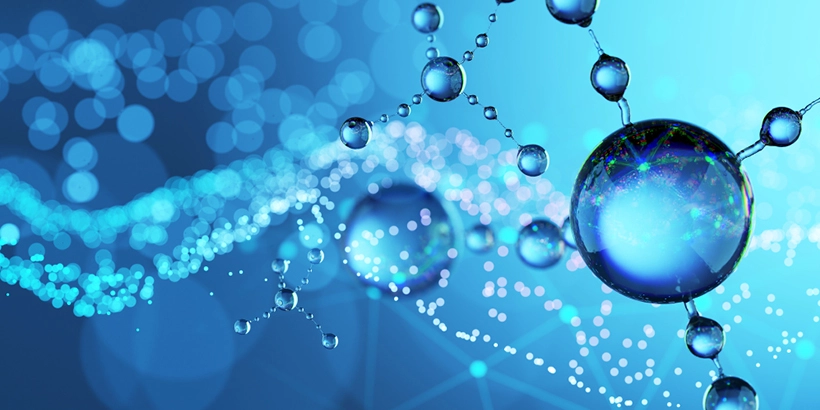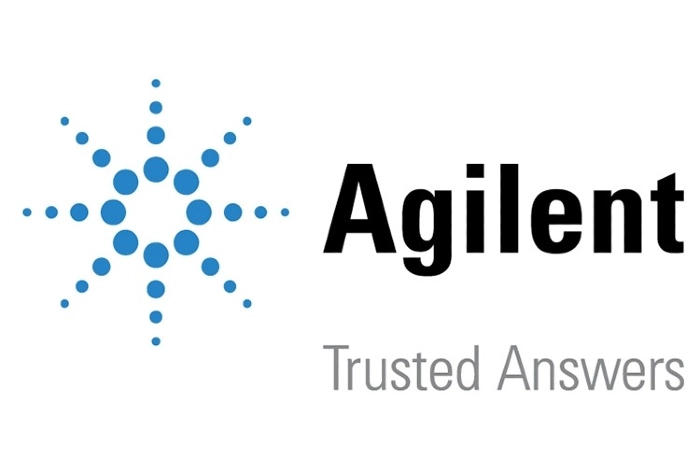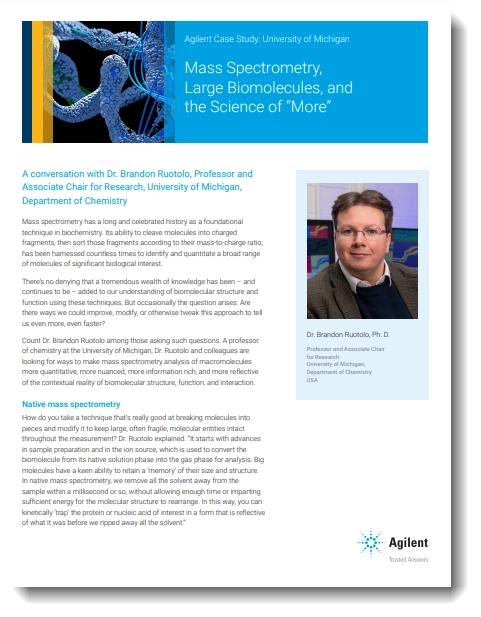
Mass Spectrometry, Large Biomolecules, and the Science of “More”

A conversation with Dr. Brandon Ruotolo, Professor and Associate Chair for Research, University of Michigan, Department of Chemistry
ability to cleave molecules into charged fragments, then sort those fragments according to their mass-
to-charge ratio, has been harnessed countless times to identify and quantitate a broad range of
molecules of significant biological interest.
our understanding of biomolecular structure and function using these techniques. But occasionally the
question arises: Are there ways we could improve, modify, or otherwise tweak this approach to tell us
even more, even faster?
for ways to make mass spectrometry analysis of macromolecules more quantitative, more nuanced,
more information rich, and more reflective of the contextual reality of biomolecular structure, function,
and interaction.
Native mass spectrometry and the influences of sample preparation and ionization Collision-induced unfolding using Ion Mobility Q-TOF Scale up, meta-analysis, and big data solutions

DOWNLOAD THIS CASE STUDY TO LEARN MORE

Become a member and enjoy exclusive benefits
Create an account now for exclusive benefits, personalized recommendations, and seamless order tracking. Elevate your lab experience today!